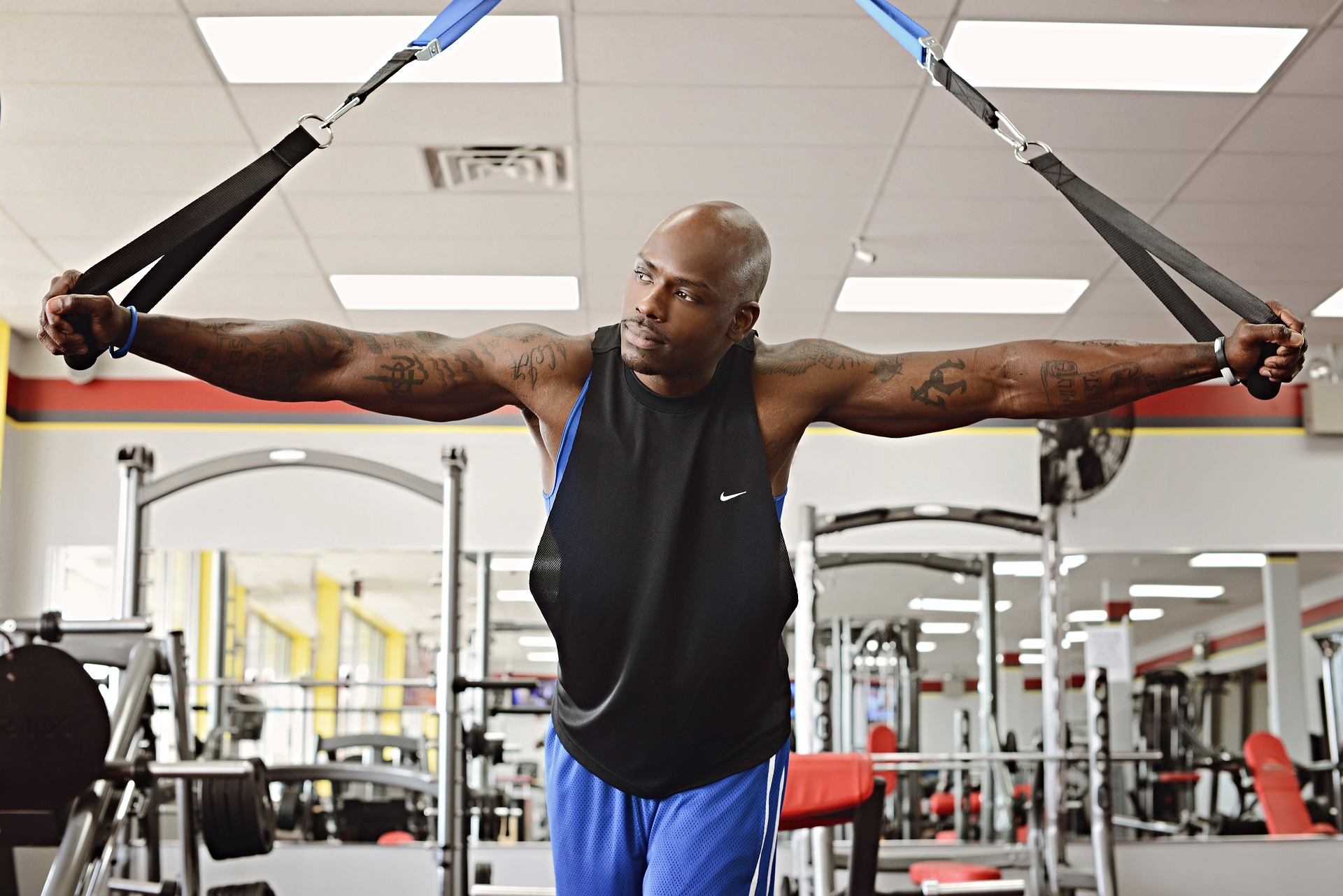Archive for May 2023
Stress
he American Psychology Association observed in a recent study that 54% of Americans are concerned about stress in their everyday lives. With all the pressures of modern life, stress and frustration have been a large commonality among American people. Whether you experience physical or mental stress, chiropractic can help you relax your body and mind.
Stress releases a hormone called the adrenocorticotropic hormone. These stress hormones can cause a series of physiological changes in the body that can increase your blood pressure, increase your blood pressure, or even shut down your digestive system, resulting in an alteration of your immune system. The body does not return to normal until the perceived threat is gone. When stressful moments pile up and become chronic, the functionality of the immune system can be greatly dampened, making he body more susceptible to infections or other sickness.
Stress also commonly causes:
- Anxiety
- Insomnia
- Back pain
- Constipation
- Stiff neck
- Fatigue
- Upset stomach
- Shortness of breath
- Depression
- Weight gain or loss
Many people manage their stress through various activities, such as:
- Relaxed breathing
- Progressive muscle relaxation
- Listening to soothing sounds
- Exercise
Personal Training
A main key to general health is nutrition. Nutrition is also essential to weight loss and muscle growth. Many common aspects of our lives can lead to illness and health problems such as stress, radiation, pollution, junk food. Even excessive exercise can be detrimental to our health.
When a person is enduring times of physical or emotional stress, their body requires extra vitamins to repair and rejuvenate damaged cells. Between fast food, junk food, and the abundance of processed foods in today’s society, many people are not receiving an adequate amount of vitamins and minerals that their body requires.
We want to work with you to establish the best health and nutritional plan to serve your individual needs. Maximize your body’s ability to achieve optimal health today!
Physical Therapy
Physical therapy can be used to treat a wide variety of conditions ranging from a common sprain to chronic conditions.
The purpose of physical therapy is to maximize human function and movement potential. Physical therapy can be used to treat a wide variety of conditions including neurological conditions, musculoskeletal injuries, pediatrics, and more.
It our goal to assist you in relieving any pain or discomfort you may be experiencing as well as provide you with knowledge and education as to how to keep your body at peek performance.
Physical Therapy is often used to help relieve:
- Low back and hip pain
- Sports injuries
- Incontinence
- Posture Analysis and Correction
- Headaches
- Neck and Shoulder Pain
- Arthritis
- Post surgical rehab
Adjustments
Spinal adjustment, according to authors Meeker and Halderman, is the one core clinical method that all chiropractors agree upon.
Chiropractic adjustment can only be applied to joints in the spine and correction of misalignment or subluxation that may occur in that area. 95 percent of all spinal adjustments in the world are performed by chiropractors. Chiropractic adjustment frees the vertebrae to adjust to its natural position. The natural state of the body knows how to correct itself once it is free to do so with the help of chiropractic adjustment.
Chiropractic adjustments can help prevent and treat many conditions such as the following:
- Arthritis
- Bursitis
- Carpal tunnel syndrome and other repetitive strain disorders
- Chronic muscle pain and stiffness
- Headaches
- Most musculoskeletal and sports-related injuries
- Nerve disorders
- Pain and stiffness in the back, chest, abdomen, neck, hips and shoulders, as well as extremities, such as arms, legs, and feet
- Sciatica pain
- Scoliosis
- Tendonitis
- Whiplash and other traumatic injuries
Some common adjustment methods include:
- Toggle Drop: This is when the chiropractor, using crossed hands, presses down firmly on a particular area of the spine. Then, with a quick and precise thrust, the chiropractor adjusts the spine. This is done to improve mobility in the vertebral joints.
- Lumbar Roll (aka side posture): The chiropractor positions the patient on his or her side, then applies a quick and precise manipulative thrust to the misaligned vertebra, returning it to its proper position.
- Release Work: The chiropractor applies gentle pressure using his or her fingertips to separate the vertebrae.
- Table adjustments: The patient lies on a special table with sections that drop down. The chiropractor applies a quick thrust at the same time the section drops. The dropping of the table allows for a lighter adjustment without the twisting positions that can accompany other techniques.
- Instrument adjustments: Often the gentlest methods of adjusting the spine. The patient lies on the table face down while the chiropractor uses a spring-loaded activator instrument to perform the adjustment. This technique is often used to perform adjustments on animals as well.
- Manipulation under anesthesia (MUA): This is performed by a chiropractor certified in this technique in a hospital outpatient setting when the patient is unresponsive to traditional adjustments. Chiropractors take many factors—including size, weight, and muscle structure—into consideration when deciding on which adjustment to make. Sometimes, ice, electrical stimulation, or massage therapy (including traction massage) are used prior to a spinal manipulation in order to relax the muscles.
Patients with chronic pain my require anesthesia during their treatment. This procedure is safe and only reserved for patients with special circumstance. Chiropractic adjustments, when performed by a skillful professional, are significantly safe methods of spinal correction.
Craniosacral therapy (CST) is a form of bodywork that is focused primarily on the concept of primary respiration and regulating



